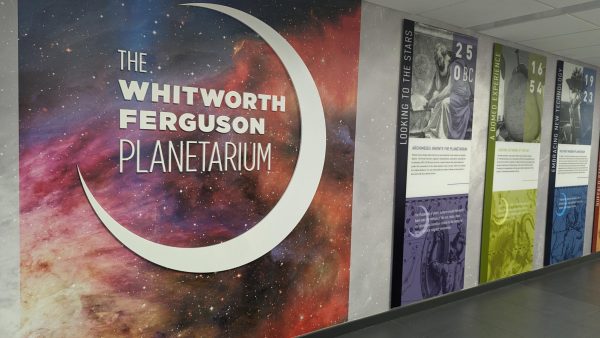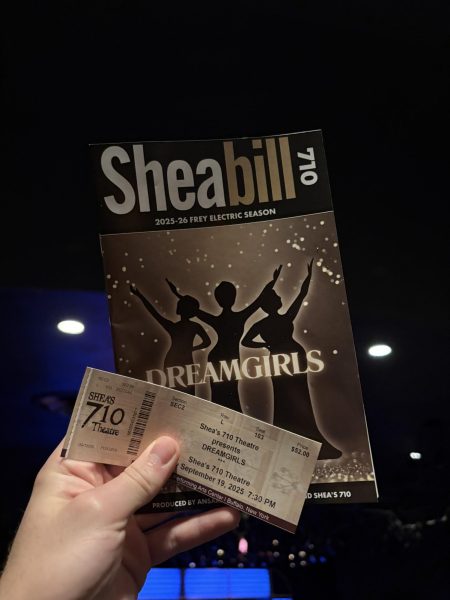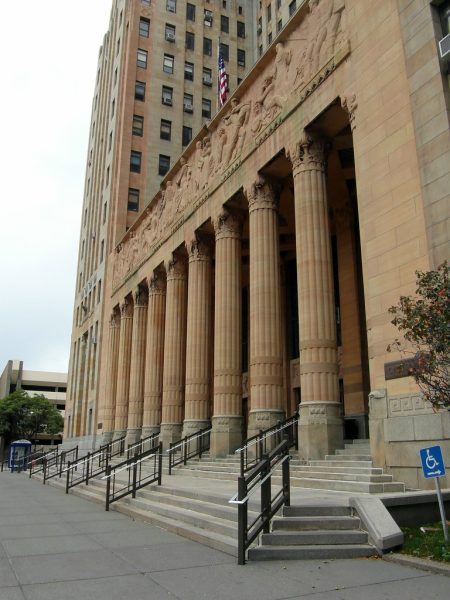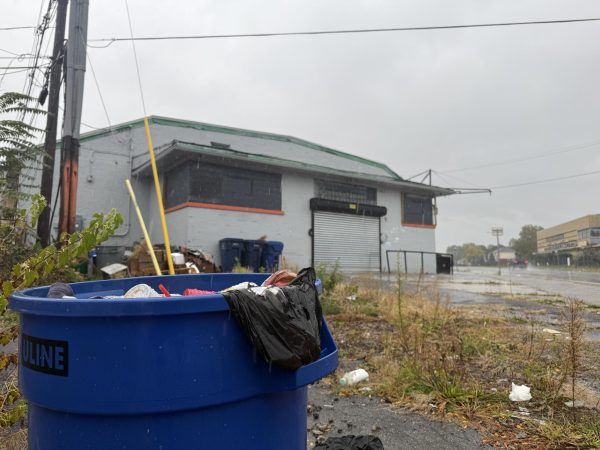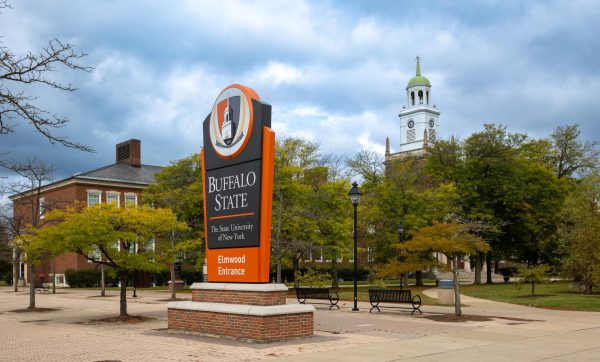Technology sets the scene of “Seeds” theater performance
The SUNY Buffalo State theatre department wrapped up its four-day dance concert “Seeds: Dance Experiments of Exponential Expression” this past Saturday in Upton Hall’s Warren Enters Theatre.
“Seeds” served as an analysis of the evolution of 21st century dance and the last production of the 2013-14 school year by the theatre department.
The program included five original pieces, each from a member of the dance faculty, which were created with the help of thorough research and the promise of lengthy reflection.
This production of choreographed movement and experimental sound is an example of how various creative elements can come together to make an expressive piece of work.
In control of one of these elements during “Seeds,” light board operator Daniel Torres could appreciate the sense of camaraderie between technology and performance art. He said that the lights and music were simply “heightening” the emotions being expressed onstage.
“Adding music makes it that much better,” Torres said.
Whether pumping music through the hidden monitors behind the stage or releasing the same type of sounds from the speakers amongst the audience, the audio technology added an extra hint of emotion.
The beginning of choreographer Leanne Rinelli’s piece “The Type” began with a monologue on the type of strong, modern woman all women should aspire to be. It depicted female dancers illuminated by light from hidden areas of the stage, as if the audience were watching images being projected to walk in and out of their view.
Michael Lambert’s “Swing Time” featured mood-setting dimming of the lights, eye-guiding spotlights, and flashing, color-changing backlights. Spotlights were also used during Janet Reed’s “Bangarukonda” to distinguish lead dancers such as Kelly McGill, who composed her own solo.
The never-before-used crystals — which hung from above the stage to the actual floor below at times — served as obstacles for the dancers to maneuver through and also gave off a variety of colors.
According to student lighting designer Shakora Purks, all hanging attributes of the theater are held up by 50 flyers — a system of ropes which are usually pushed and pulled by two people during a show.
The lack of manpower behind such intricate workings within the theatre department revolves around not enough individuals receiving technological training. The commonly thought-up solution shared by members of the department is that they could use more funding and advertising from the school. In other words: support.
Theatre faculty member Carlos Jones said that Buffalo State could offer his department more funding because it will lead to things such as “tech teaching.”
“The newer the tech, the easier it will be to teach,” Jones said.
Like Torres, Jones believes that technology is a “very important” part of the productions put on at Buffalo State. It serves as a reminder that the school’s performers are represented in multiple factions — each supporting the other while striving to be better themselves.
Email: [email protected]




